Apple has finally unveiled the new MacBook Air, Mac mini, and MacBook Pro powered by Apple Silicon M1 chip at its November 2020 event. Unlike previous years, Apple hosted its third event in just the past two months after shortly 29 days of its last event.
The show was streamed live on the official YouTube channel of Apple and on Apple’s official website. The event was seen by 6,072,643 viewers after 10 hours of its streaming. The show kicked off after the greetings of the company’s CEO, Tim Cook. Tim appreciated the team of developers and manufacturers that they remain motivated throughout the unprecedented pandemic.
“In the midst of enormous challenges this year, our teams have remained focused, and they haven’t stopped innovating.”
Tim concisely gave a recap to the product lineup of its previous events. From Apple Watch SE to the iPhone Pro Max. To add to the excitement, he also told the viewers that the shipping of the iPhone 12 mini and iPhone 12 Pro Max will be beginning this coming Friday. Referring back to its latest event, Tim started to talk about the Mac.
“We love the Mac. It’s in our DNA.”
Let’s dive inside and find out what Apple launched at its most recent event.
1. Apple Silicon M1
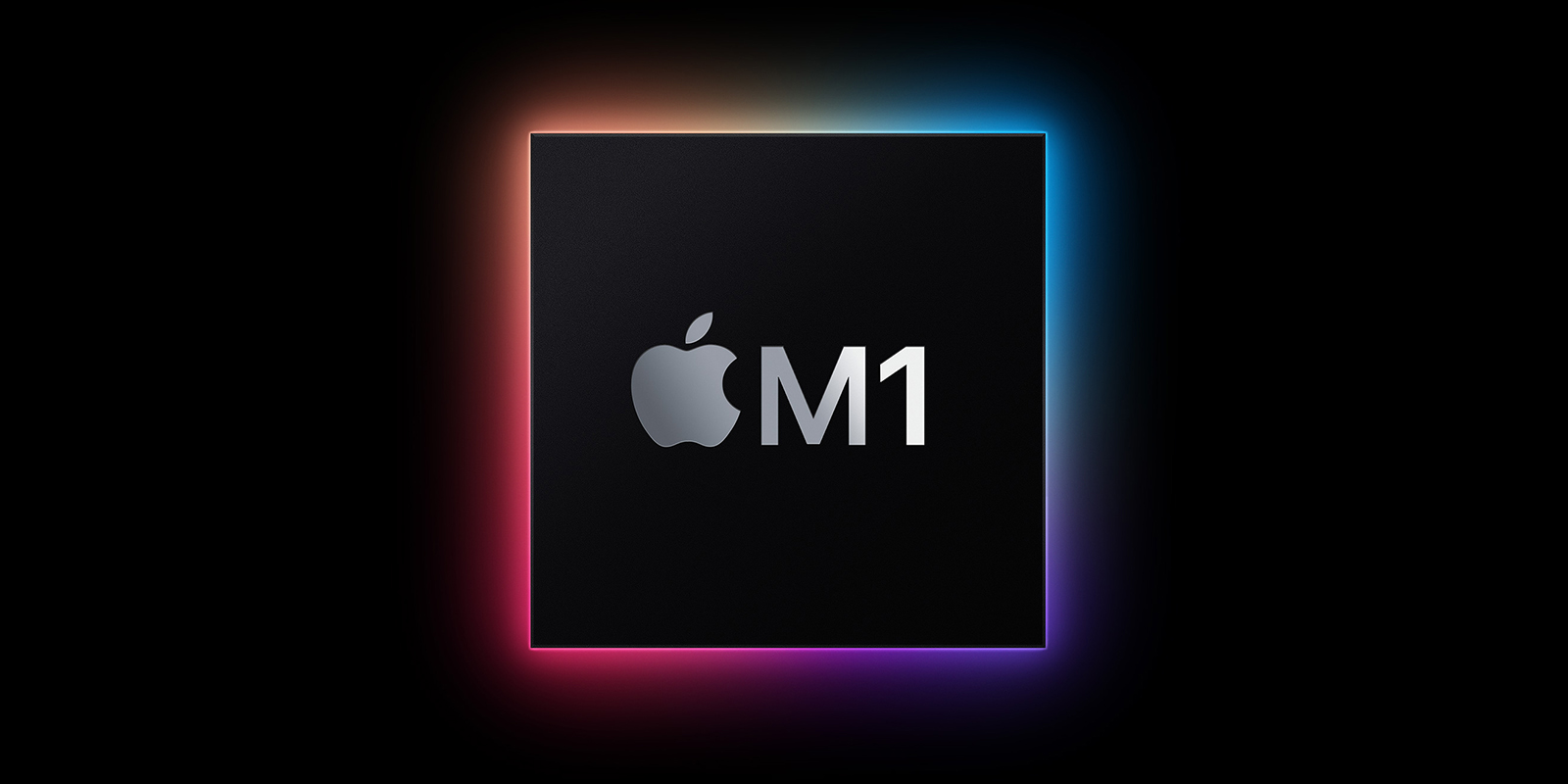
In June, Apple had already announced that the Mac would be taking a huge leap forward by transitioning to Apple Silicon and has come true to its word as they promised that the first Mac with Apple Silicon would arrive by the end of the year.
According to John Ternus, the VP of Hardware Engineering at Apple, they have been working on Apple Silicon for more than a decade. It was already on the iPhone, iPad, and Apple Watch, and they were striving to bring it in the Macs. Apple’s hardware team has been developing the family of chips, and M1 Apple Silicon is its first installment in the series. This first chip is specifically designed for the Mac, and they call it M1.
M1 has been optimized for the most popular, low power systems, where small size and power efficiency are critical. Johny Srouji, SVP Hardware Technologies at Apple, said in the event live stream that until now, Mac needed multiple chips to deliver all its powerful features. It includes the chip for the processor, I/O, security, and memory. But now, due to the M1, these technologies are wrapped inside this incredible single chip. M1 is the first personal computer chip to be designed on the industry-leading 5-nanometer process technology with an incredibly atomic size of 16 billion transistors.
M1 chip, coupled with an 8-core CPU, is by far the most powerful machinery created by Apple. It delivers the world’s best CPU performance per watt. M1 chip, with its integrated graphics, the GPU will consume low power and deliver brilliant performance. This 8-core GPU in M1 is capable of executing approximately 25,000 threads at a time.
M1 has state-of-the-art technologies such as Thunderbolt / USB 4 controller, a stable enclave, media encoding and decoding engines, and the new ISP, Apple’s latest Image Signal Processor. It features the most advanced 16-core neural engine capable of performing 11 trillion operations per second. These include video recognition, video analysis, and image processing.
2. macOS Big Sur

In order to make Macs compatible with high ended M1 processor, Apple brought Mac-specific software architecture. The same had happened when Apple built iOS and iPadOS to maximize A-series chips. This is where macOS Big Sur comes into the picture.
Craig Federighi, SVP Software Engineering at Apple, explained that macOS Big Sur would bring a new bold design, powerful updates on Safari and Messages, and privacy features. The Safari on macOS Big Sur is one and a half times speedier than running on JavaScript and 1.9x times more responsive. The secret of the high efficiency of this latest OS lies in the Unified Memory Architecture (UMA) of the M1 chip. Translating and copying the data from different places was irksome and causing delays while in this architecture, all data sets have been placed in a single cabin.
macOS is designed to give apps access to more graphics memory, and it also intelligently allocate tasks between M1’s performance and efficiency cores. Subsequently, it will prevent the deadlock and optimize the tasks regardless of its nature, be it a lightweight task like reading a note or playing graphically intensive games on Mac.
3. MacBook Air
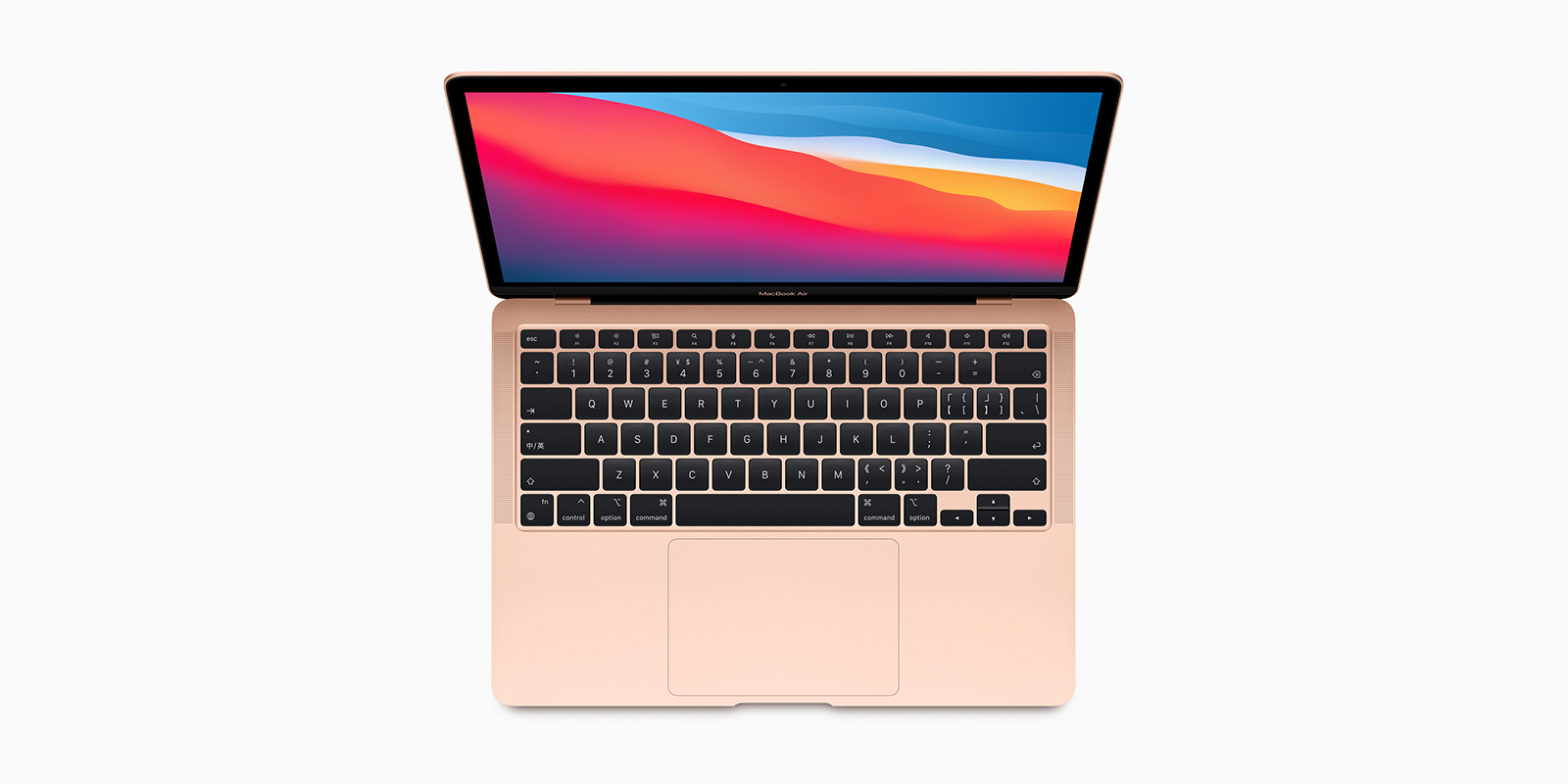
With the groundbreaking efficiency of M1 complemented by macOS Big Sur, the MacBook Air is the first Mac of its own kind. This thin and light notebook, due to the 8-cores in M1, delivers three and a half times faster performance than the previous generations.
The M1 GPU processor enabled the MacBook Air to provide 5x times faster graphics performance. It could well mean that now you can manage huge raw libraries while working Lightroom and or you can export a video for the web with iMovie at a trailblazing processing speed. For a better gaming experience, it supports immersive graphically intensive visuals at significantly higher frame rates.
The new MacBook Air begins at $999 (US) and $899 (US) for education purposes. The new MacBook Air with M1 can be purchased today on the Apple Store app. They will start arriving next week at selected locations in the Apple Store and Apple Approved Resellers.
4. Mac mini
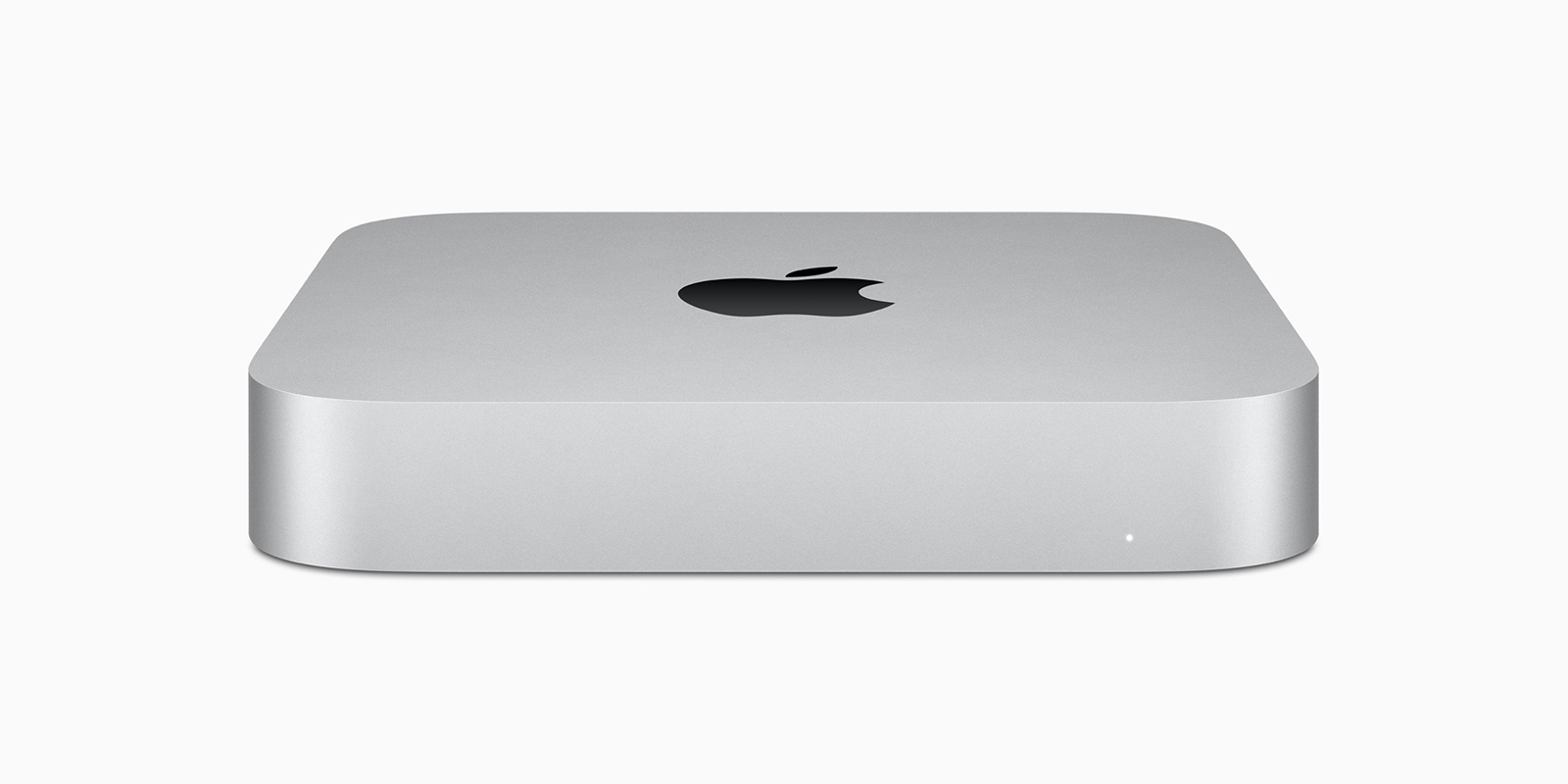
The M1 Apple Silicon continues to add thrill and innovation to the Macs. The do-it-all desktop MacBook mini is now delivering 3x faster CPU performance, up to x faster graphics, and 15x faster machine learning. This brings task-smashing speed to Mac mini and making it an absolute powerhouse for the users. As far as the connectivity is concerned, there is an array of I/O including HDMI 2.0, Wi-Fi 6, and Gigabit Ethernet, and 2 USB-C ports that have support for both, i.e., Thunderbolt and USB4. Users can increase the resolution of a photo in Pixelmator Pro to impart more sharpness to the pictures.
Along with the industry-leading privacy features and best-in-class security, the macOS Big Sur adds a beautiful bold new design to it. The users from a wide range of professionals can reap benefits from this lightweight Mac mini. Whether the user is looking for office purposes, digital art, and signage, gaming, or music creation, this Mac mini has a faster solution for all.
The Mac mini with M1 is available to order today on apple.com and in the Apple Store app. This will begin arriving in customers and Apple Store locations and Apple Authorized Resellers starting next week. The Mac mini now starts at just $699, and surprisingly, that is $100 lower than the previous generation. For education, it is priced at $679 (US).
MacBook Pro
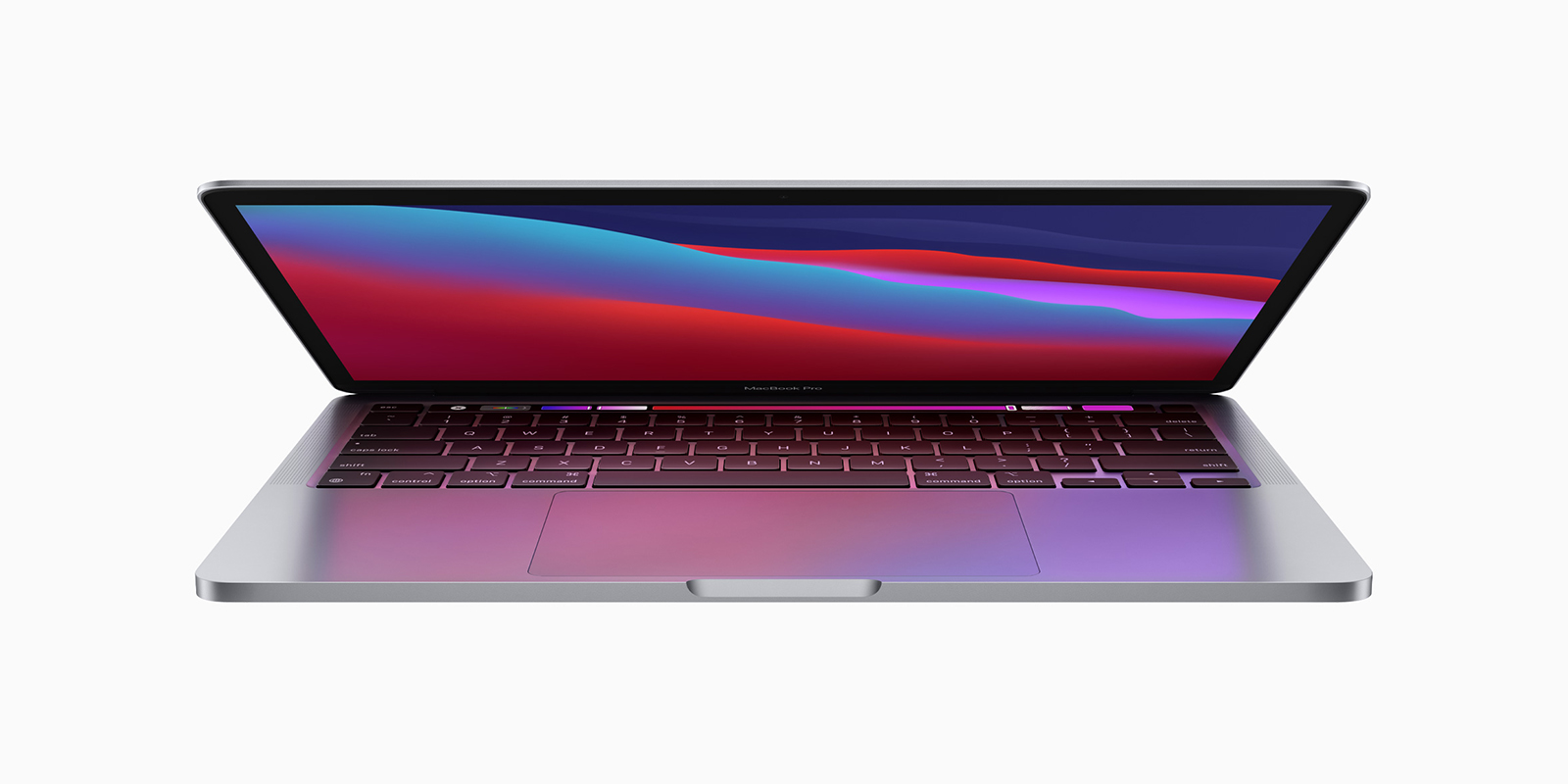
The Apple M1 chip brings MacBook Pro 13-inch speed and strength as it gives to MacBook Air and Mac mini. With the rise of 2.8x times CPU output performance and up to 5x times graphics speed, the M1 Silicon chip has brought Macs to the next generation. Our most advanced neural network and 2 TB SSD storage have taken this pro notebook to a whole new stage.
Users don’t need to worry about new macOS because all of their current apps will be working. Rosetta 2 will keep old Intel apps running on Apple’s latest silicon. Run strong M1 apps. According to Apple, the dazzling display of Retina will take pictures on an amazing degree of depth and realism. P3 big color produces far more vivid greens and reds than the sRGB.
The new 13-inch MacBook Pro is available at a starting price of only $1,299, and $1,199 for education. It’s available to order today on apple.com and in the Apple Store app. They will be in select Apple Store locations, and Apple Authorized Resellers from the next week.



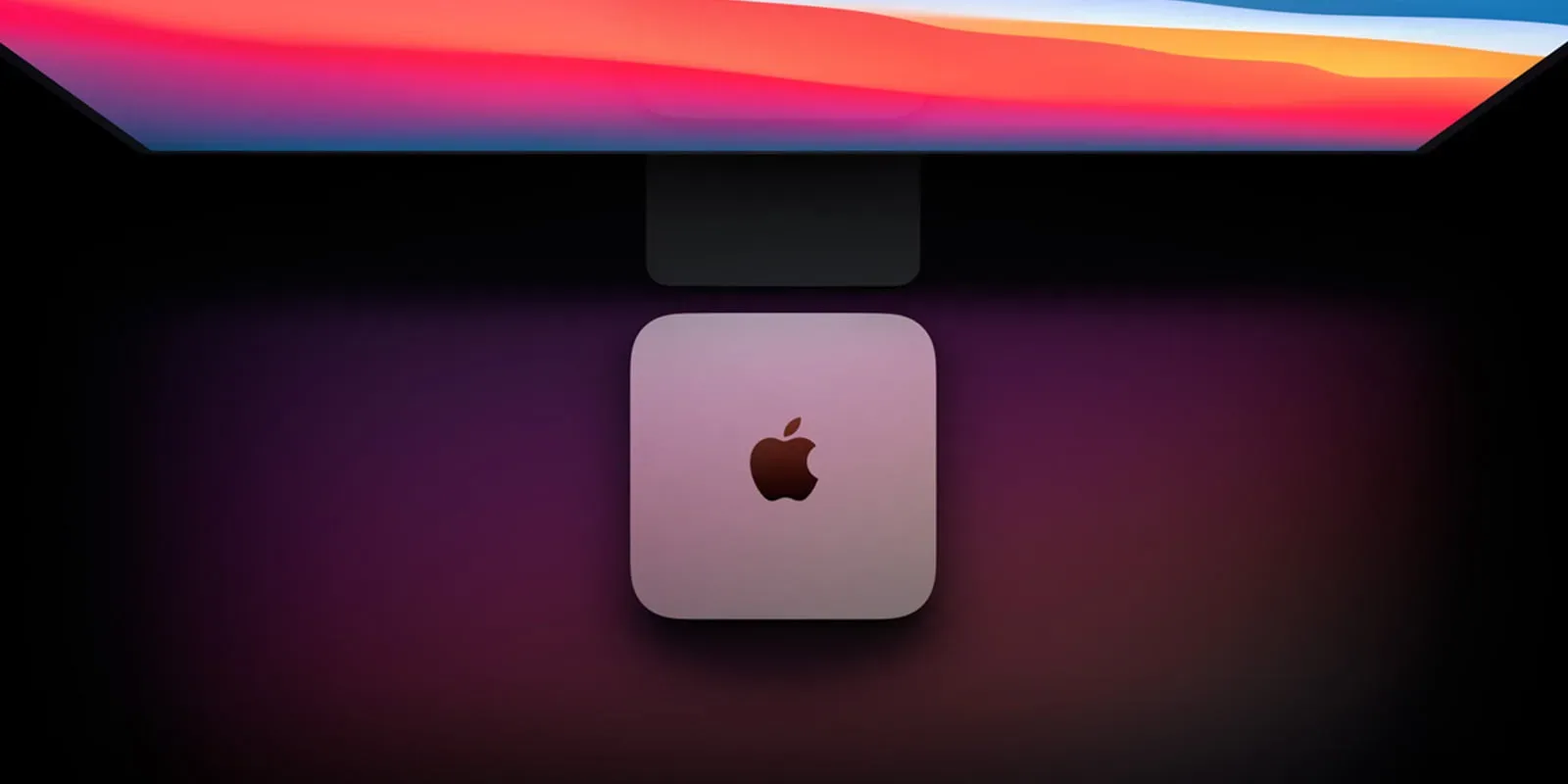
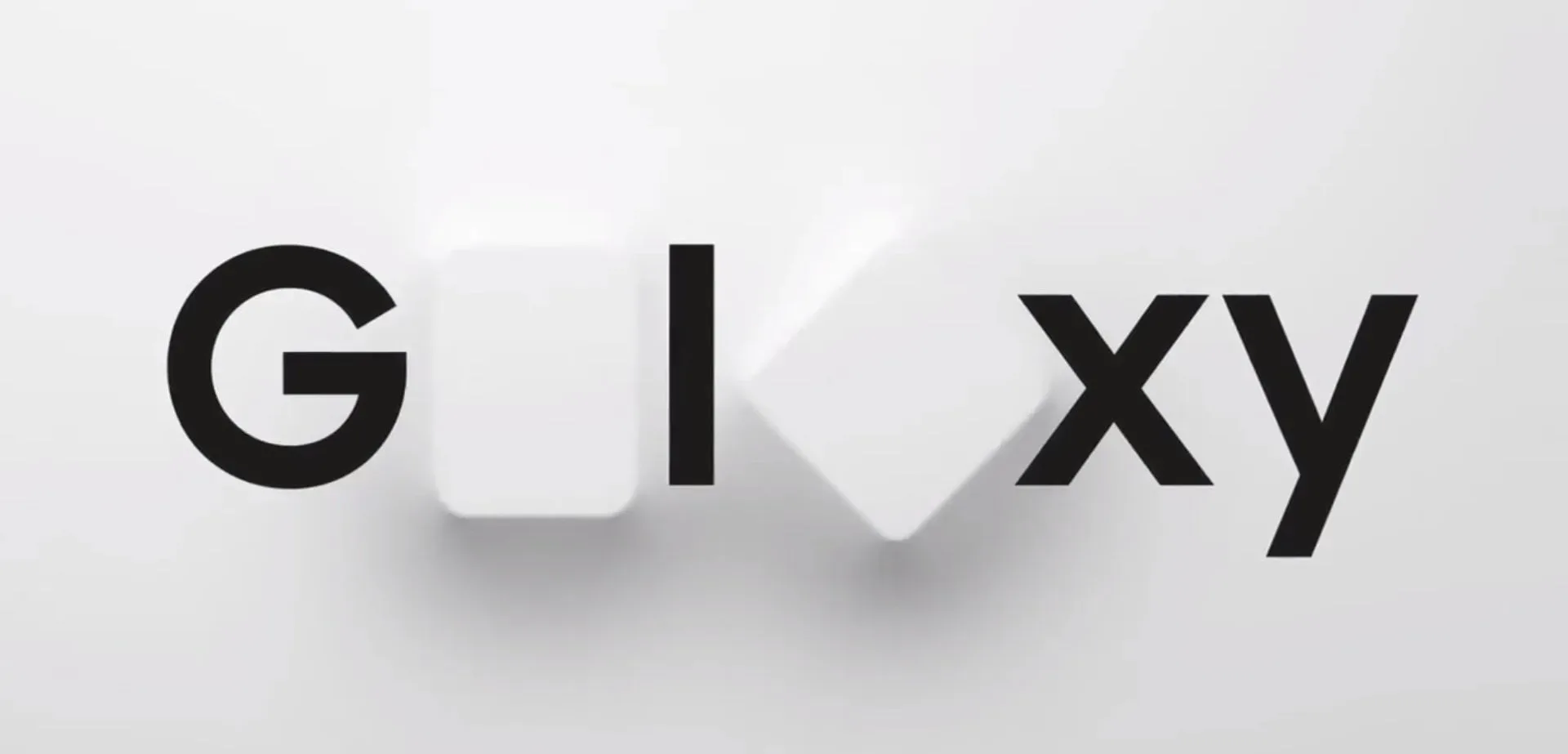


Share Your Thoughts